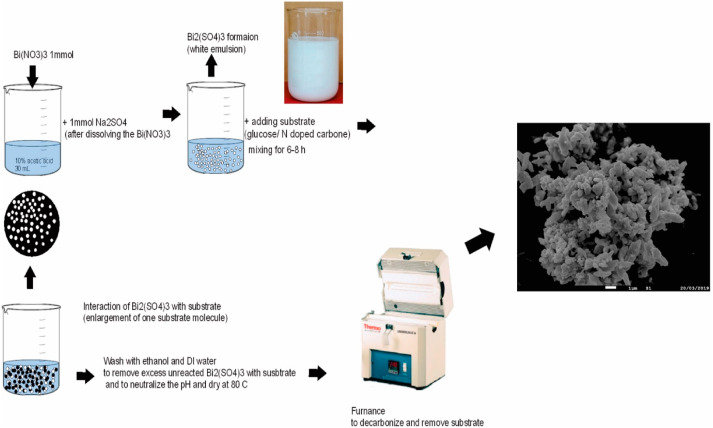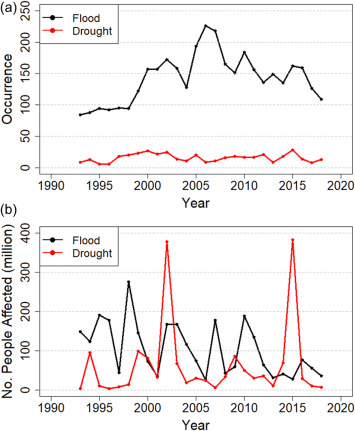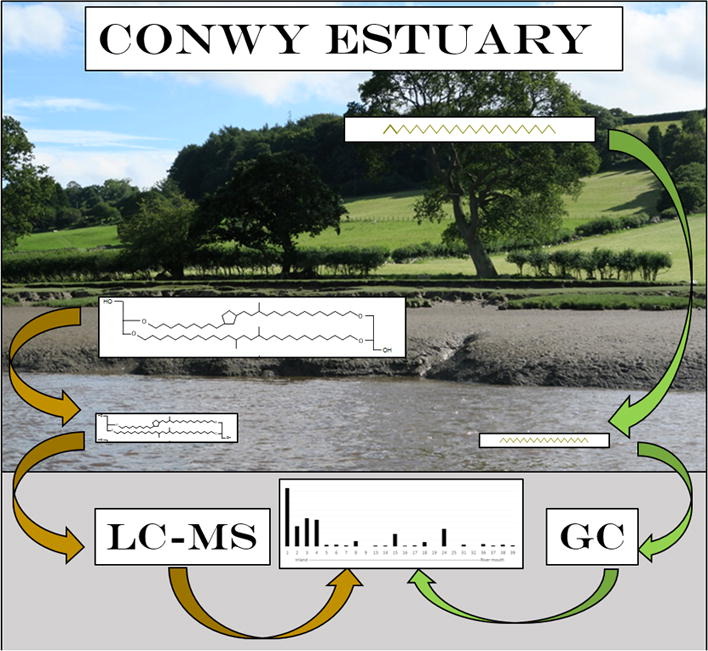Elsevier,
Materials Today Sustainability, Volume 10, December 2020
Iodide and bromide ions in surface and ground waters can react with natural organic matters and produce toxic disinfectant by-products. A novel bismuth composite material has been developed for the removal of iodides and bromides at parts per million concentrations.
Elsevier,
Progress in Disaster Science, Volume 8, December 2020
This paper examines the global trends and main health impacts of these events based on databases and case studies, identifies gaps in the Sustainable Development Goals (SDGs) indicator framework for monitoring health impacts of disasters and suggests recommendations to address these gaps.
Elsevier,
Biomarkers in Neuropsychiatry, Volume 3, December 2020
Change point analysis can reveal when a biomarker starts to diverge from the pattern of normal aging. This paper analyzes several biomarkers from the Alzheimer’s Disease Neuroimaging Initiative (ADNI) to estimate the sequence and timing of their change points relative to a subsequent clinical diagnosis of mild cognitive impairment (MCI) in subjects initially considered cognitively normal (CN).
Elsevier, The Lancet Healthy Longevity, Volume 1, December 2020
Background: Circadian disturbances are commonly seen in people with Alzheimer's disease and have been reported in individuals without symptoms of dementia but with Alzheimer's pathology. We aimed to assess the temporal relationship between circadian disturbances and Alzheimer's progression. Methods: We did a prospective cohort study of 1401 healthy older adults (aged >59 years) enrolled in the Rush Memory and Aging Project (Rush University Medical Center, Chicago, IL, USA) who had been followed up for up to 15 years.
Elsevier,
Forensic Science International: Reports, Volume 2, December 2020, 100053
In this brief perspective piece, a rural sexual assault nurse examiner (SANE) program is described in the hopes that dissemination will lead to increased numbers of rural SANEs, increased reporting of sexual assaults in rural and underserved communities, increased prosecution rates of sexual assault perpetrators, and program sustainability through the provision of a nurse-centered approach to training and support. This article contributes SDGs 3, 5, 9, and 16.



